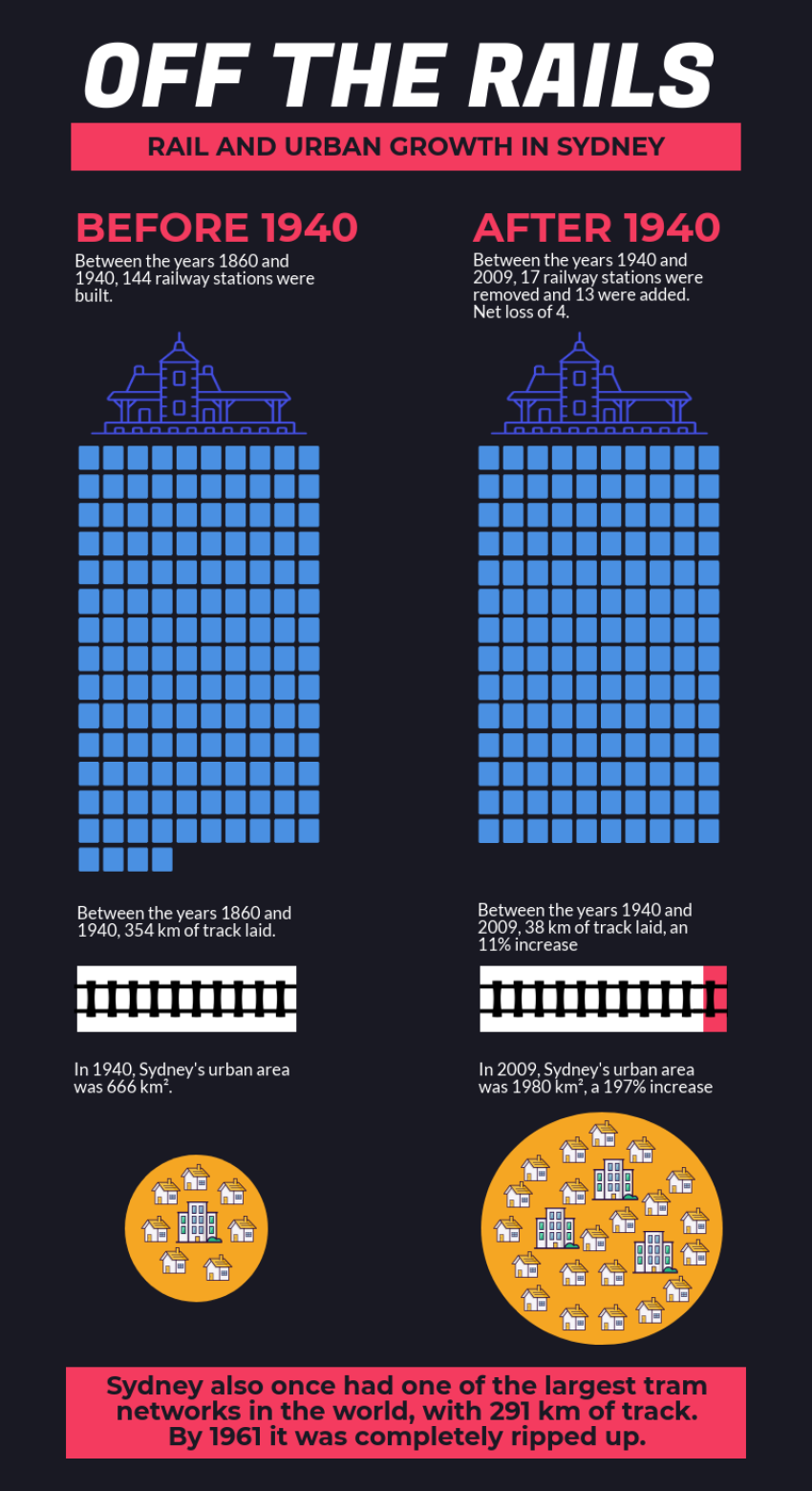
A debate is raging in New South Wales concerning Labor’s rezoning plan to supposedly address the housing crisis.
The program would blanket rezone many locations near tram and train lines for medium and high density residential development.
The euphemistically labelled Transport Oriented Development (TOD) program is its first stage.
Rather than address the housing crisis with measures that are proven to work, such as building public housing, imposing rent controls and removing property investor tax concessions, Labor is acquiescing to developers’ profit-driven fixation on supply.
This is stoking an unhelpful “nimby versus yimby” culture war distraction.
A small kernel of truth, wrapped in hypocrisy and ignorant of history, sidelines real questions about how to democratically plan equitable, healthful and environmentally sustainable cities.
It makes sense to build new homes close to existing public transport. But TOD ignores the last 80 years of bad planning that has led to inadequate public transport and urban sprawl.
It's also important to build new public transport close to existing homes.
Over three generations, the public transport infrastructure in Gadigal/Sydney has barely increased; in many instances it has gone backwards.
Sydney had trams
Sydney had one of the largest tram networks in the world before World War II. However, by 1961, 291 kilometres of tram tracks were removed.
The heavy rail network was also white-anted: many stations and services were removed. From 1940 to 2009, there was a net loss of 4 stations.
For example, today in Erskineville, 6 trains an hour travel to the CBD in the morning peak. In 1968, there were 14.
A tram service that operated at 5-minute intervals to Circular Quay was cancelled in 1940 and replaced by a bus service that was also ultimately cancelled.
At great public expense, roads were widened, highways constructed, houses demolished and free parking provided.
Pedestrians were shamed, controlled and fined, while children were discouraged from playing in the street to ensure smooth flow for private cars.
Developers were granted approval to build cavernous shopping malls away from village centres stacked with multi-storey car parks, which suffocated local shops and ensured that cars became a near necessity to obtain daily essentials.
Some of this may have seemed logical at the time, but the end result was low density sprawl.
Sydney ballooned to triple its urban area, along with its population, from 1940 to 2010, and this has only increased since then.
The negative impacts of car dependency on the climate emergency, human health, safety and household budgets are huge and much more evident now.
But, with a straight face, Labor claims the TOD program “has been a key feature of strategic planning in NSW ... for many years”.
Seriously?
Detailed plans for rail expansion, prepared by expert Ron Christie in 2001, were kept secret and ultimately shelved.
Former Coalition Premier Nick Greiner became an advisor to toll road operator Transurban and was put in charge of Infrastructure NSW which, in 2011, suddenly declared the WestConnex motorway was the state’s highest priority project.
Forty-five billion dollars is still being spent on WestConnex, and its extensions — north and south — are under construction, locking in 40 more years of tolls and car dependency.
For working people living within such an urban environment, it is little wonder so many end up driving everywhere: the public transport options are usually inadequate and they find it hard to imagine alternatives.
Even while an underground car space adds $100,000 to the price of an apartment, car ownership in the inner city has risen.
A consequence is that existing residents fear more housing in their neighbourhoods.
A recent study in Sacramento, California, found that 63% of residents cited the impact on traffic as a reason to oppose new housing in their area, far above factors such as “neighbourhood character” or crime.
The situation can be summarised as DOD, developer-oriented development, in which a home is seen as an investor opportunity rather than a human right and a transport system that led to a city that cannot sensibly accommodate more homes without first catching up on 80 years of public transport neglect
People-oriented development
Such a disaster requires bold fixes. We need POD — people-oriented development.
First, we need public ownership and control over planning and rezoning, and we should not relinquish control to private developers. This will also help us hold the government to account.
Then we must urgently build public housing on a big scale, making it a desirable place to live for a much wider range of income levels.
Scrapping investor tax concessions could pay for this. Estate redevelopments should be focused on renovation and uplift, not demolition, and they must stay as 100% public housing.
Implementing stronger rent controls and having a healthy percentage of public housing stock will also reduce the price of private housing.
Finally, public transport must be greatly expanded: Labor must take advice from independent rail experts and advocacy groups about the most efficient, integrated and cost-effective solutions.
Decisions must not be driven by developer/transit conglomerates, such as MTR Corporation, nor fronts masquerading as resident groups.
Light rail should be built on “stroads”, such as Parramatta Road and Victoria Road, thereby revitalising the precincts.
Active transport must also play a big part of such a vision, and should include raised pedestrian crossings, shade trees and separated bike lanes.
Such changes would move us towards cities we can all thrive in.
[Andrew Chuter is a committee member of Action for Public Housing, Ecotransit and Friends of Erskineville.]